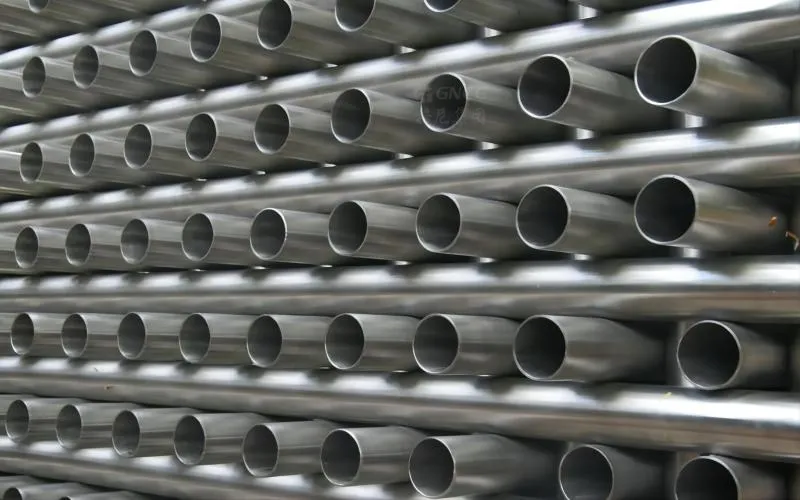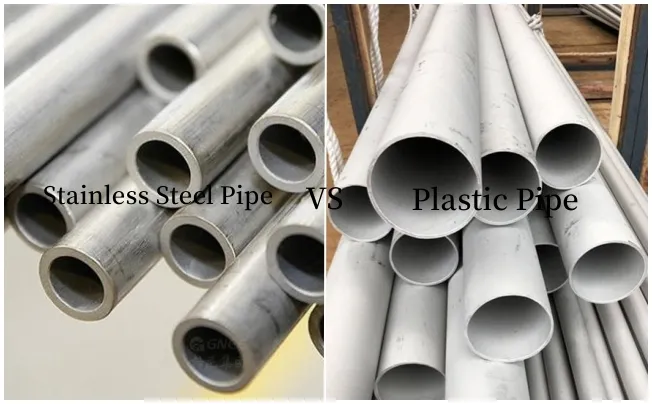Physical Properties of Stainless Steel Pipes and Plastic Pipes
1.Tensile strength: PPR tube > 49; stainless steel tube > 520. One of the causes of a PPR pipe’s water leaking is that its strength is less than one-tenth that of a stainless steel water pipe.
2. High for stainless steel tubes; low for PPR tubes in terms of wear resistance. One of the causes of material corrosion is frequently water erosion.
3. UV radiation: While PPR tubes age poorly in the presence of the sun’s UV light, stainless steel tubes do not.
4. Thermal expansion coefficient: PPR tube 70; stainless steel tube 17.3. Plastic pipes’ expansion coefficient is four times more than stainless steel water pipes’. Water pipelines with too high expansion coefficients will leak as the surrounding temperature changes.
5. Low-temperature adaptation: Plastic pipe must be above 0°C or it will become brittle; stainless steel pipe must be below -270°C. because low-temperature settings are not suited for plastic pipes.
6. High-temperature adaptation: PPR tubes easily precipitate dangerous compounds at high temperatures and emit noxious gas; stainless steel tubes can withstand temperatures of up to 400°C.
7. Corrosion resistance: Both plastic and stainless steel pipes have good corrosion resistance. The ability to resist corrosion is a crucial indicator of the caliber of water pipes.
8. High-temperature adaptability: Stainless steel pipe adapts well to high temperatures; plastic pipe does not. When the temperature rises above 30°C, the plastic pipe loses strength quickly and explodes because it cannot survive the hot water at 90°C.
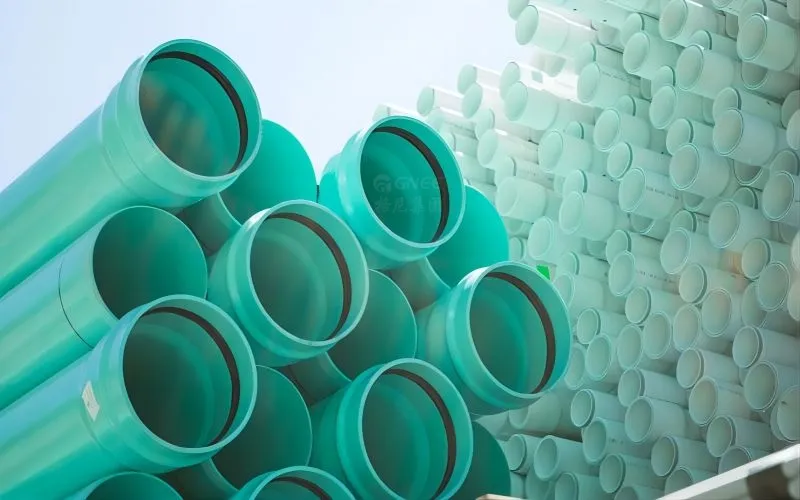
Health and Environmental Protection Comparison of Stainless Steel Pipes and Plastic Pipes
1. Environmental hormones: The human secretory system may be adversely affected by environmental hormones found in the PPR tube.
2. Impurity deposition: PPR pipe simple to develop impurities, but stainless steel pipe makes it difficult to do so. It is simple to create “stinky water” since the PPR pipe’s wall finish and density are low.
3. Concealed water: The PPR pipe contains concealed water. “Hazardous water” is produced by the use of unknown components.
4. Harmful substance precipitation: Harmful compounds will precipitate from the plastic pipe, endangering human health.
5. Odor issue: In a hot area, the plastic pipe has an odor that degrades the water’s quality.
6. Environmental concerns: PPR pipes are not recyclable since they are not biodegradable, but stainless steel pipes are 100% recyclable, green, and environmentally beneficial.
7. Service life (years): Plastic pipes have a lifespan of between 10 and 30 years, whereas stainless steel pipes can last up to 100 years.
8. Oxygen permeability: PPR tubes are fantastic in letting oxygen through, but they also make it easier for bacteria and green algae to grow.
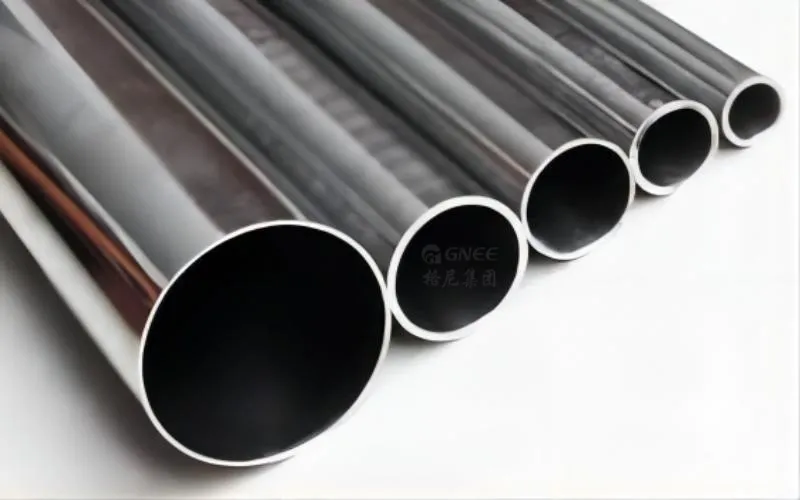
Application and Cost Comparison of Stainless Steel Pipes and Plastic Pipes
Manufacturing plastic pipe is more expensive than manufacturing steel pipe, particularly if the manufacturer precuts the pipe. Additionally, steel pipes are a less expensive and more practical choice for buildings and other types of construction due to their wide availability and manufacturing methods.
However, when plastic pipes are utilized in less than optimal circumstances, they must be constantly unloaded, disassembled, and replaced, which is expensive for the owner. However, steel pipes don’t have the same drawbacks. They can endure for up to a century even with very little upkeep.
Steel pipes are employed in a wide range of applications, including both practical and aesthetically pleasing structural engineering, as well as HVAC, plumbing, and petrochemical systems. They can also be piled with. Piling is typically used when the building foundation’s soil is insufficiently sturdy to support the complete structure above it. The earth is made stronger by the use of steel pipes, providing more secure structural support.
While PV plastic pipes could be a versatile option for pipe or wire enclosures, they aren’t the best solution for impact and load-carrying scenarios.
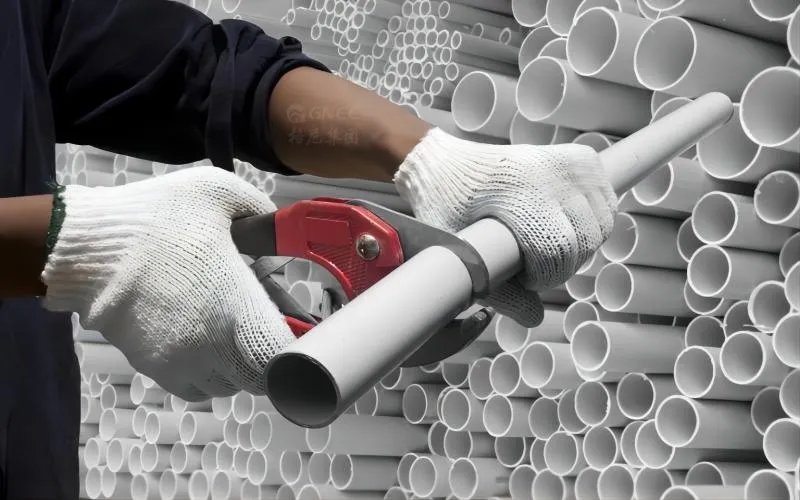
Comparison of Stainless Steel Pipes and Plastic Pipes as Water Pipes
Stainless steel water pipes work better, won’t contribute to more water pollution issues, don’t smell strange, don’t scale, don’t precipitate toxic substances, and can maintain clean, healthy water. The material itself is non-toxic and easy to keep clean. It has long been utilized in numerous human health-related disciplines. As a result, it is now a common substance in the food business, as well as in the dairy, beverage, brewing, and pharmaceutical sectors. The application of it in material safety is also widespread. Medical devices for humans that have strict standards for hygiene and safety include different stents, artificial joints, steel nail bodies, etc. Stainless steel pipes are the finest option for transporting high-quality drinking water due to the ever-rising standards for water quality and the tightening regulations governing the discharge of pollutants from water pipes.
Additionally, stainless steel pipe has the greatest service life. The service life of stainless steel pipes can reach 100 years, and some are less than 70 years, which is as long as the life of structures, according to an analysis of the usage of stainless steel overseas. In China, estimating the lifespan of plastic pipes is challenging. The technology used in production and the caliber of the raw materials play a significant role. Uneven quality prevails. Plastic pipes of good quality can endure up to 25 to 30 years, however, others may only last a few. Additionally, plastic pipe aging is a bigger issue. Aging is a result of time, sunlight, temperature, chemical, and mechanical elements. Under the influence of hydraulic impact and water hammer, the aging plastics would rupture, drastically reducing the service life. The hot-melt connection technique may also result in material degradation or water leakage.
